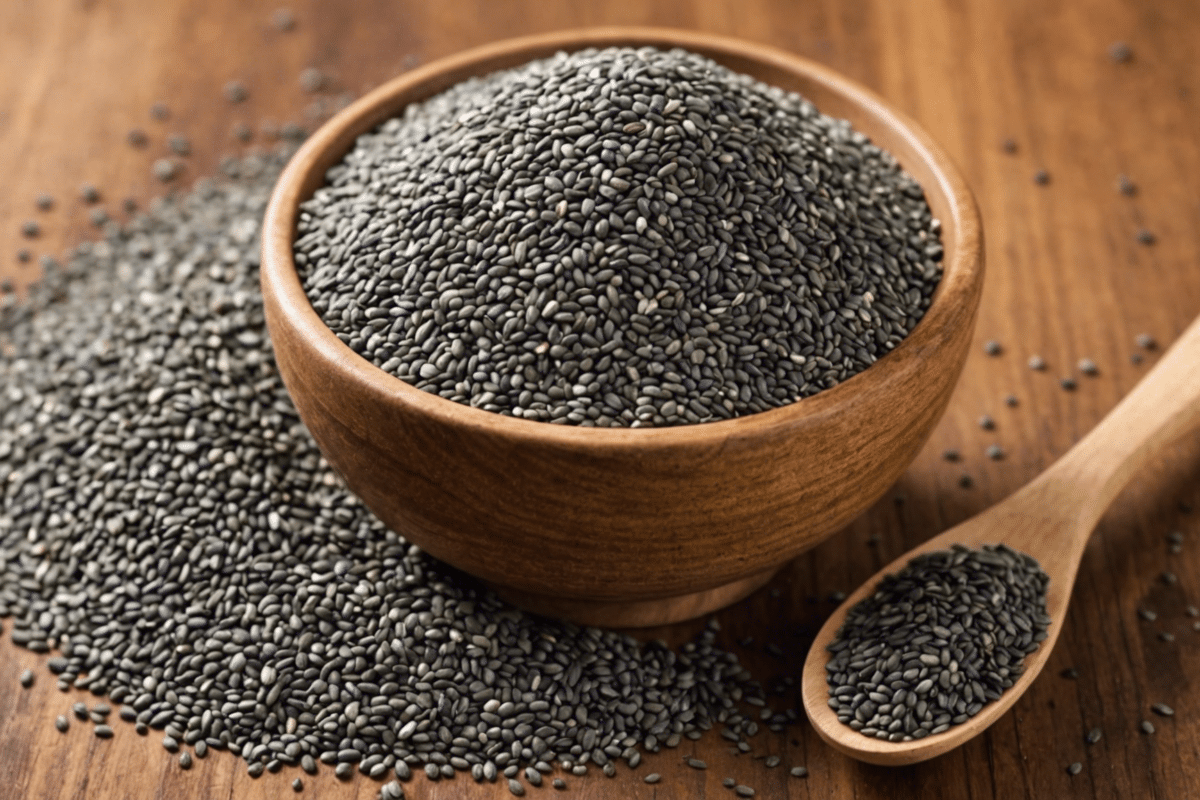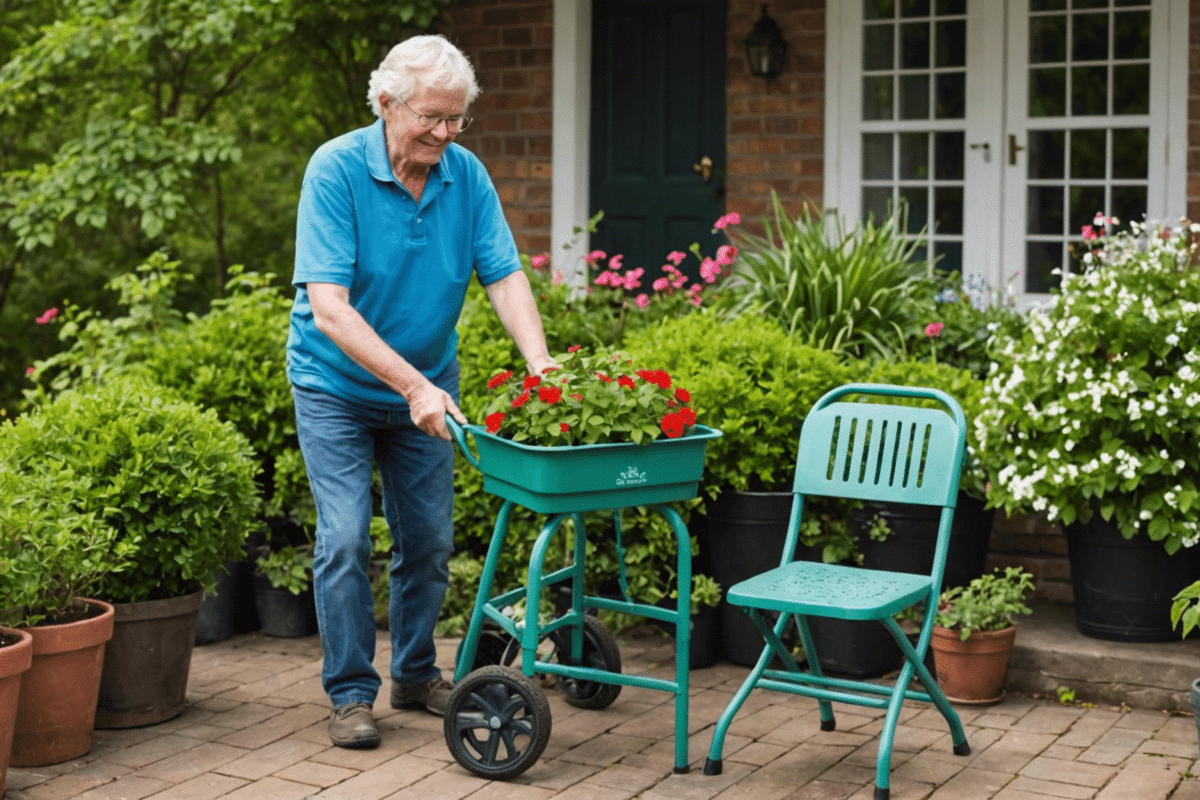An enchanting addition to any garden, catnip isn’t just for our feline friends; its delicate flowers and aromatic leaves also make it a worthwhile plant for gardeners looking to create a lush, sensory garden. While most known for the reactions it induces in cats, catnip has a place in herbalism and can be an attractive, hardy perennial in your garden beds.
Getting to Know Catnip

Catnip, or Nepeta cataria, is part of the mint family and thrives in full sunlight and well-drained soil. It’s not only resilient but also can support an ecosystem with its ability to attract beneficial insects. Before starting your planting journey, identify a spot in your garden that meets these sunlight and soil conditions for the optimal growth of your catnip.
Timing for Planting Catnip Seeds
The timing of planting is crucial. Begin sowing catnip seeds indoors about 6 to 8 weeks prior to the last frost in your region. This early start allows your seedlings to grow in a controlled environment, leading to healthier plants that can withstand the transition to outdoor elements.
Starting Seeds Indoors
To begin your catnip cultivation, you will need a seed starting tray filled with a sterile potting mix. Despite being lightweight, it should maintain moisture well. Follow these steps to plant your seeds properly:
- Sprinkle the catnip seeds over the soil. As catnip seeds require light to germinate effectively, ensure you don’t bury them under the soil but merely press them gently into the surface.
- Keep the soil consistently moist, but not waterlogged, by using a spray bottle to mist the surface.
- Place the tray in a location that receives plenty of light, such as a south-facing window or under grow lights. Look for germination to occur typically within 7 to 10 days.
Once seedlings have appeared and have grown a couple of inches tall, thin them to prevent overcrowding and to ensure proper airflow around the plants.
Transplanting Seedlings to Your Garden
When the danger of frost has passed and your seedlings have developed at least two sets of true leaves, it’s time to prepare them for outdoor living. Acclimate your plants by slowly introducing them to the outdoors over a week—this process is known as hardening off. Start by placing them outside for a few hours each day in a shaded spot and gradually increase their time in direct sunlight.
Planting Catnip in the Garden
After acclimating the seedlings, plant them in your garden following these tips:
- Space the plants around 18 to 20 inches apart to give them room to mature.
- Dig holes as deep as the seedling’s current pot, and twice as wide, then place the seedling in the hole and backfill with soil. This provides the root system sufficient space to expand.
- Water your newly transplanted seedlings thoroughly to help establish them in their new environment.
Subsequently, water them regularly until they’re well established. Once mature, catnip is drought tolerant and will need minimal watering, depending on your climate.
Maintaining Your Catnip Plants
Maintenance of catnip is quite simple. Throughout the growing season, you should:
- Keep the soil around the catnip weed-free.
- Trim back the plants after the first bloom to encourage a second blooming period.
- Consider companion planting with plants that can deter pests such as whiteflies, consulting resources like Bob Vila’s article for natural pest control suggestions.
With a complementary planting approach, catnip can be a powerful ally in your garden, mingling with cat-friendly plants that enhance the environment for both pollinators and pets.
Q: Can I just scatter catnip seeds in my garden?
A: While you can scatter seeds, germination rates improve with prepping and placing seeds in soil with light contact.
Q: How can I prevent my cats from destroying the catnip in the garden?
A: Create a small barrier around your catnip or plant a decoy section for your cats to enjoy.
Q: Does catnip come back every year?
A: Yes, catnip is a perennial and, once established, will return yearly in suitable climates.
Q: Are there different varieties of catnip?
A: There are multiple varieties, some with differing appearances and growth habits. Research on a site like Better Homes & Gardens can provide additional information on varietals.
Starting your own catnip garden is a rewarding experience that can benefit both you and your pet. By paying close attention to your plants’ needs and following these steps, you will soon have a thriving catnip garden to enjoy all season long.












